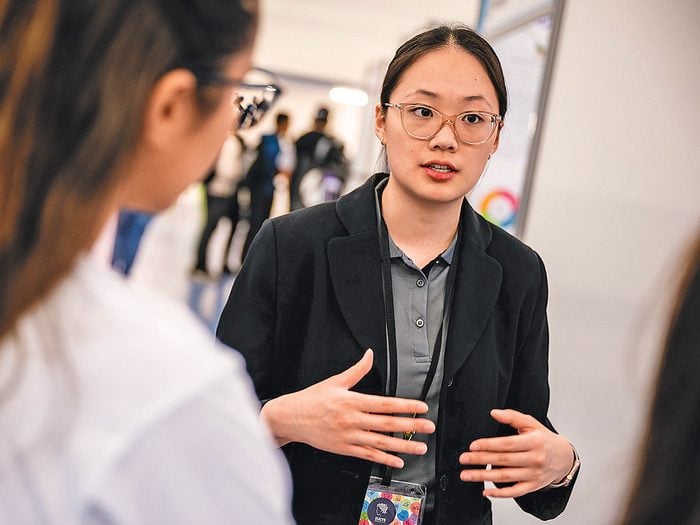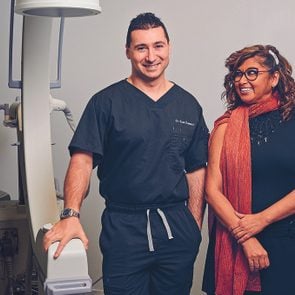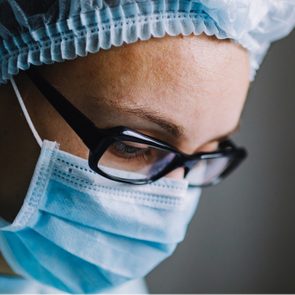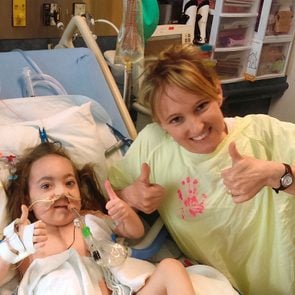Small But Mighty: 17-Year-Old’s Cancer Science Project

Elizabeth Chen data-mined RNA sequences to test effectiveness of cell therapy
One Saturday night in the spring of 2023, while most of her friends were vegging out, Elizabeth Chen, then 16, was studying in the basement of her family’s suburban home. She was trying to crack the code on how patients with leukemia respond to CAR T-cell therapy, one of the newest and most promising treatments for blood cancers.
Believe it or not, it was science-project work. But instead of growing crystals or turning a lemon into a battery, the Grade 11 Edmonton student was trying to find ways to make CAR T-cell therapy more effective. Unlike traditional cancer therapies, like radiation and chemotherapy, CAR T-cell therapy is a more personalized approach that involves tweaking a patient’s own immune cells to fight cancer. While it holds a lot of promise, the failure rate can be high, depending on factors such as the type of cancer.
Elizabeth was drawn to cancer research for several reasons: She came across a fundraising campaign for another Albertan girl, nicknamed Penn the Brave, who was diagnosed with brain cancer at age three. And when Elizabeth was younger, her grandmother had breast cancer.
So when Elizabeth was looking for a science-project topic and her father emailed her a news article about CAR T-cell therapy, a cutting-edge treatment that still isn’t well enough understood, she threw herself into finding out as much as she could.
She started with open-access data from a 2022 University of Pennsylvania and Yale University joint study examining one of the most common childhood cancers: acute lymphoblastic leukemia. The study collected data to explain what causes resistance to CAR T-cell treatment, leading to relapse, and Elizabeth used that data to try to identify genetic biomarkers that would accurately predict a patient’s response to the treatment in order to make it more effective.
Elizabeth also found a way to analyze the patient data using specialized computer programs rather than a lab. Some of that work involved uploading hundreds of gigs of data on patients’ genetic information (over many late nights) into a free analytic software platform that would help her look for patterns.
What she discovered was that certain genetic information in RNA sequences—which translate into everything from hair colour to how your immune system fights diseases—could actually predict a patient’s response to CAR T-cell therapy, and could one day help pave the way to more effective treatment and fewer side effects.
Starting the project two years ago, Elizabeth—now 17 and in Grade 12—took months getting up to speed with the science. At first she found reading primary academic research articles too difficult, so she taught herself by reading books, open-source papers and watching YouTube videos designed for lay people who didn’t have a biomedical research background. But that only got her so far. “I thought about giving up so many times,” says Elizabeth. Instead she turned to online forums, where professional and amateur scientists alike swapped tips on tackling similar challenges.
Her original research paper, titled “Optimization of CAR T-Cell Therapy Using RNA-Sequencing Analysis for Biomarker Identification,” made Elizabeth not only a national science-fair champion but also won her first place at the prestigious annual European Union Contest for Young Scientists in Brussels this past fall.
“It made everything feel like it was not just worth it, but like ‘Oh my god, I love science!’” she says. It was also rewarding because she’d felt so out of her depth trying to tackle the research.
As she graduates from high school this year and starts applying to university (she would like to be a clinician-scientist in oncology or immunology), Elizabeth is looking forward to working in an actual lab— not just in her parents’ basement.
Next, read about a 17-year-old in India who saves soles and donates shoes.






